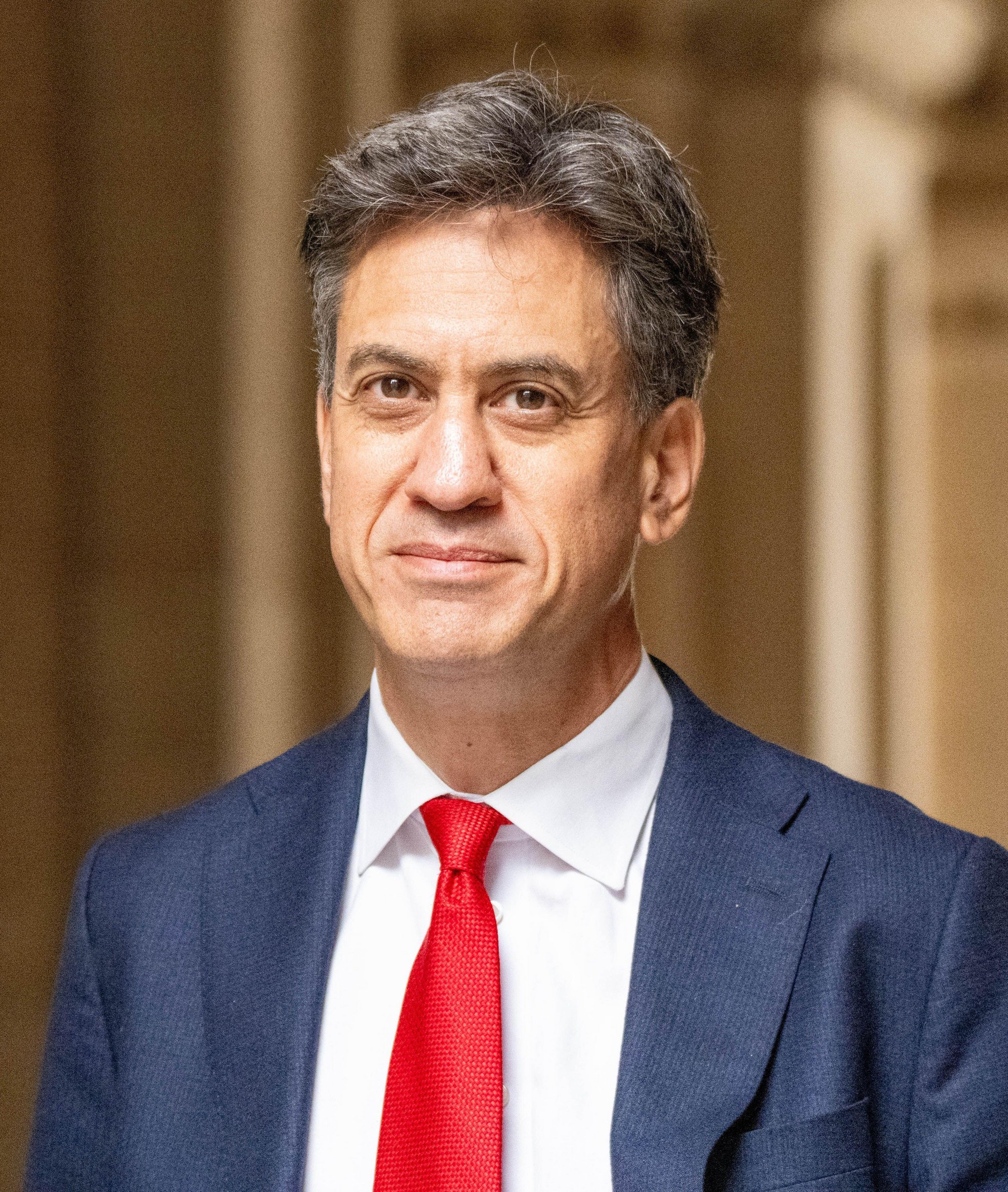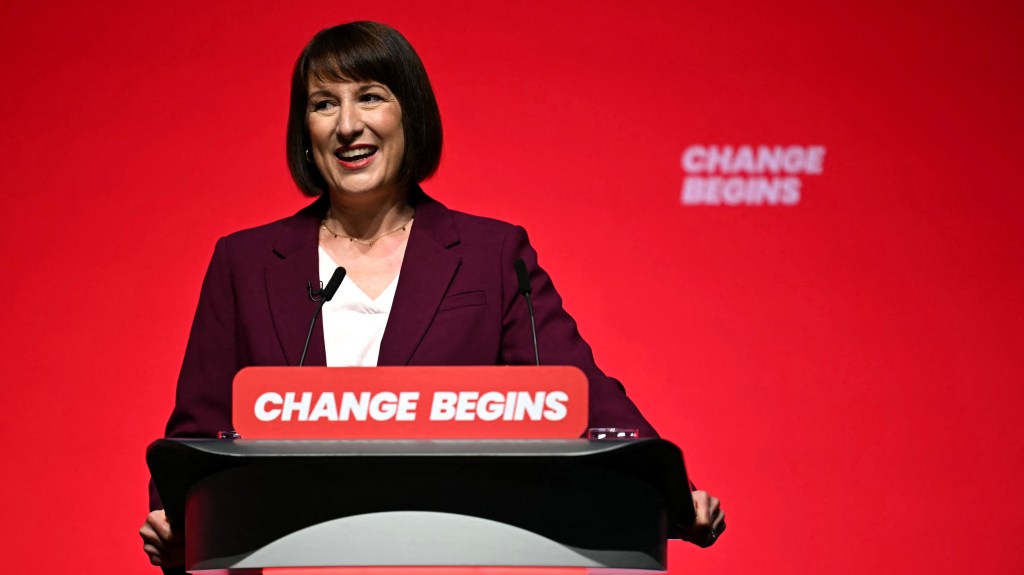Reassessing the Energy Price Cap: Is It Fit for Purpose?
When Ed Miliband introduced the concept of a temporary freeze on energy bills as the leader of the opposition in 2013, it faced ridicule from Prime Minister David Cameron, who dismissed it as a notion from a “Marxist universe.”
Years later, the energy price cap was implemented by Theresa May’s Conservative government as a measure to protect loyal customers from being overcharged, ensuring fair pricing in the energy market.
With Miliband now serving as energy secretary, he is tasked with modernizing this price cap, which critics argue is too inflexible in its current state.
As renewable energies continue to grow but are often intermittent, there are concerns that a flat price cap does not encourage consumers to adjust their energy usage to align with periods of high supply and lower wholesale prices. Experts in fuel poverty have highlighted the surge in energy debt as evidence that the cap has not effectively shielded the most vulnerable households amid soaring prices.
Established in 2019, the price cap regulates the maximum that energy suppliers can charge consumers on default or standard variable tariffs, aiming to eliminate the loyalty penalty that often sees long-standing customers pay more than those who shop around.
The ongoing energy crisis, heightened by the conflict in Ukraine, has reignited discussions about whether the price cap is still an effective measure. As gas prices spiked, the cap offered households some level of predictability regarding their energy costs, albeit at elevated rates, and prevented an even greater escalation in bills.
Recent figures from Ofgem indicate that energy arrears have reached an unprecedented £3.3 billion—an increase of £1.1 billion in just one year—as millions of households grapple with exorbitant bills.
Kate Mulvany, a principal consultant at Cornwall Insight, noted, “The price cap’s structure does not inherently prevent global market volatility from affecting consumer bills.”
Although Ofgem has made adjustments to some elements of how the price cap is determined, including changing the review period from six months to quarterly to better reflect rising wholesale costs, the cap’s reliance on international market prices remains a significant factor.
Initially designed as a temporary solution during market reforms, the cap has seen extensions due to ongoing price volatility. With the energy crisis starting to recede, new energy secretary Miliband, who initially proposed a price freeze alongside former adviser Miatta Fahnbulleh, is contemplating a progressive update to the cap.
A government source emphasized an intention to evolve the price cap while maintaining its essential consumer protection role. Suggestions under consideration include targeted assistance for households in greatest need and the introduction of a dynamic cap reflecting the time of energy usage.
Ofgem has acknowledged that the current price cap may be overly rigid and has opened a consultation regarding its future structure.
With an increasing share of renewable energy on the grid, energy costs are expected to fluctuate more significantly, influenced by weather conditions. However, the existing price cap does not provide adequate incentives for suppliers to implement tariffs that encourage usage during off-peak hours.
Dhara Vyas, deputy chief executive of EnergyUK, stated, “A more dynamic market will require the regulator to be more agile and less prescriptive.”
Ultimately, greater balance between energy supply and demand could reduce costs across the board, as indicated by Ofgem.
Vyas further explained, “The price cap has to balance protection for those less engaged with the market against the long-term goal of a fair energy transition that minimizes costs.”
According to Greg Jackson, founder of Octopus Energy, exorbitant energy bills stem from systemic inefficiencies in the wholesale market rather than retail structures. He commented, “Our wholesale market is bloated and inefficient, often incentivizing disconnection rather than providing affordable energy.
Industry consensus supports increased targeted assistance for vulnerable households, favoring funding from governmental sources or levies on other consumers’ bills. Recommendations suggest that ongoing support for fuel-poor households is both crucial and necessary.

To improve support effectiveness, better collaboration between government entities and suppliers is essential for identifying those facing hardships, according to Jonathan Marshall, senior economist at the Resolution Foundation.
He stated, “A social tariff could integrate income data and vulnerabilities with energy usage, bridging existing information gaps among agencies that hold critical data.”
This could also aid households unable to shift their energy consumption patterns due to specific circumstances, such as larger family units with fixed schedules.
Considering the considerable investment needed to achieve government targets for renewable energy expansion by 2030, maintaining consumer protection while transitioning to a greener energy system remains a challenging balancing act.
Rising network costs and green levies are passed on via standing charges, which disproportionately affect low-income households. Ofgem’s review of these charges has concluded without proposing to eliminate them, estimating that removal would raise bills by approximately 10% for the poorest homes.
According to Jackson, there should be no conflict between enticing investment and ensuring consumer protections. “Most businesses don’t secure income via standing charges; they invest in infrastructure and earn revenue based on usage.”
A representative from the Department for Energy Security and Net Zero remarked, “We are working to create an energy system that prevents excessive pricing, shifting towards clean, domestic energy solutions to mitigate reliance on global fossil fuel markets.”
Energy Bills Still Above Historic Norms Amid Ongoing Conflict
Despite a decline in wholesale gas prices from the highs following the Ukraine conflict, household energy bills remain significantly above pre-crisis levels.
The energy price cap during winter 2021 was set at £1,216. Starting in October, average household bills are expected to increase by £12 monthly, totaling £149, leading to an annual cost of £1,717, marking the first adjustment since January of last year.
Forecasts indicate another potential increase of £45 to £1,762 starting in January, according to Cornwall Insight. A recent report from the fuel poverty committee noted that elevated energy bills are likely to persist for several years without governmental measures.
The latest increase in the price cap reflects rising European wholesale gas prices, now nearly at their peak since February at €36.7 per megawatt-hour, a rise from a 30-month low of €24 per megawatt-hour. Nonetheless, this remains about 89% lower than the peak observed in August 2022.
Tensions in the Middle East and the ongoing conflict in Ukraine have contributed to sustained volatility in gas prices and the subsequent impact on household bills, with gas generation influencing electricity pricing dynamics.
To shield consumers from fluctuations in global energy markets, strategies for reducing reliance on more expensive gas for heating and diversifying the electricity generation portfolio are being explored.




Post Comment